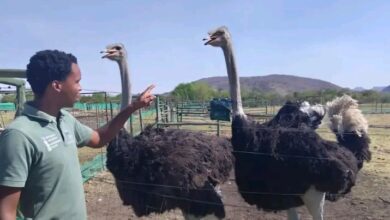From Wilderness to World-Class Destination: The Rise of Kruger National Park and the Business of Conservation
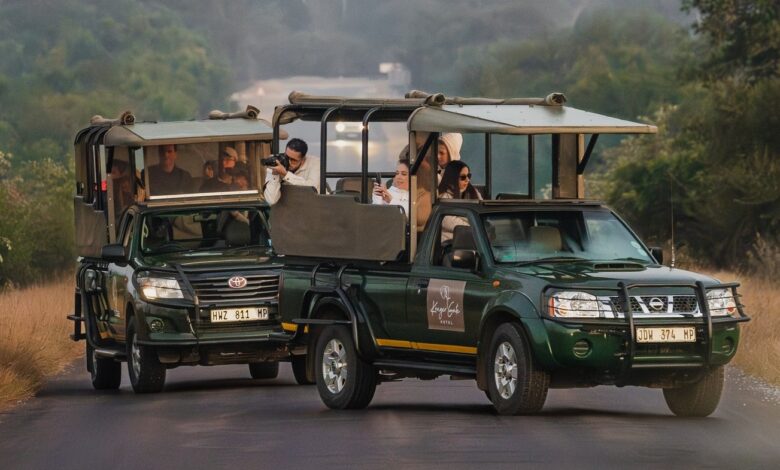
From Wilderness to World-Class Destination: The Rise of Kruger National Park and the Business of Conservation. Nestled in the heart of South Africa, Kruger National Park stands as one of the most renowned wildlife reserves in the world. Spanning nearly 20,000 square kilometers, it attracts millions of visitors each year who come to witness the majestic beauty of Africa’s diverse wildlife. However, Kruger’s journey to global recognition was not without its challenges. From its humble beginnings as a game reserve to becoming a premier conservation and tourism powerhouse, the park’s evolution is a testament to strategic vision, resilience, and innovative marketing. This article delves into the key milestones and strategies that transformed Kruger National Park into a world-class destination, offering valuable lessons for entrepreneurs seeking to build sustainable and impactful brands.
The Birth of a Legacy
In the late 19th century, South Africa’s wildlife faced a dire future. Unregulated hunting and habitat destruction were pushing species to the brink of extinction. Recognizing the urgency, President Paul Kruger and conservationists like James Stevenson-Hamilton advocated for a protected area to safeguard the country’s natural heritage. In 1898, the Sabi Game Reserve was established by the South African Republic, laying the foundation for what would become Kruger National Park. However, it wasn’t until 1926 that the reserve was officially declared a national park under the National Parks Act, marking the birth of one of the world’s most iconic wildlife conservation success stories.
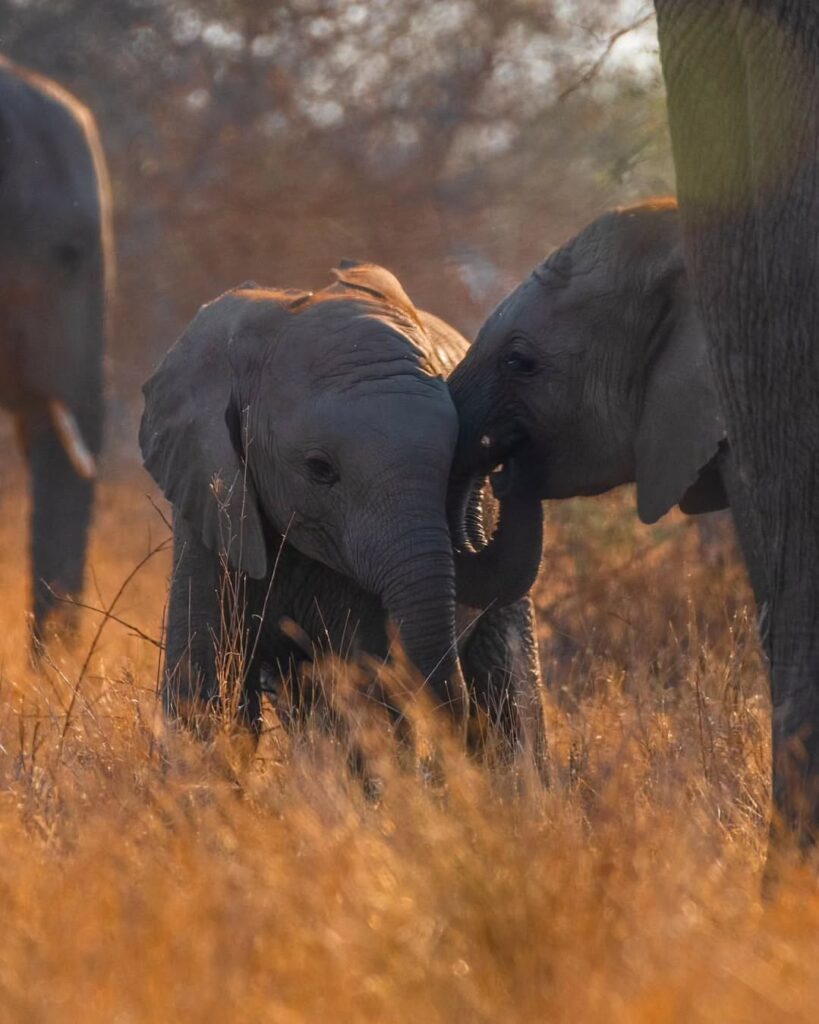
Key Strategies That Fueled Growth
The transformation of Kruger National Park from a modest reserve into a globally recognized brand was no accident. It was a result of strategic planning, marketing ingenuity, and an unwavering commitment to conservation. Below are the pivotal strategies that drove its success:
1. Building a Strong Brand Identity
In its early years, Kruger had to differentiate itself from other reserves and emerging game parks. By positioning itself as a premier safari destination offering an authentic African experience, it attracted both local and international visitors. The park leveraged its vast biodiversity, the Big Five, and its rich history to carve a distinct identity in the global tourism market.
2. Leveraging Strategic Marketing
Recognizing the importance of storytelling, Kruger National Park harnessed the power of marketing to elevate its appeal. Over the years, the park has engaged in:
- Content-driven campaigns: Leveraging stunning photography, wildlife documentaries, and storytelling to captivate audiences worldwide.
- Partnerships with travel media: Collaborating with outlets like National Geographic, BBC Wildlife, and travel influencers to showcase the park’s natural beauty and conservation efforts.
- Social media presence: By showcasing real-time safari experiences, conservation initiatives, and visitor engagement, Kruger has continued to strengthen its global audience through digital platforms.
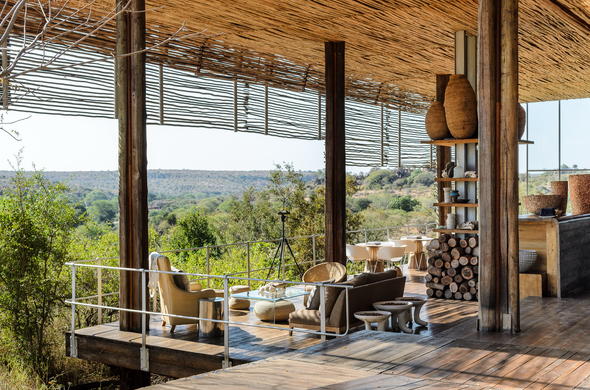
3. Overcoming Challenges with Resilience
Like any great brand, Kruger National Park faced significant hurdles. Poaching, political instability, and economic downturns threatened its sustainability. However, strategic interventions helped it weather the storms:
- Anti-poaching initiatives: Investing in technology such as drone surveillance, AI-driven monitoring systems, and ranger-led patrols to curb illegal hunting.
- Community involvement: Collaborating with local communities through employment, skills development, and ecotourism revenue-sharing programs to ensure conservation efforts benefit nearby populations.
- Diversified revenue streams: Introducing budget-friendly campsites, premium lodges, and conservation tourism experiences ensured financial sustainability even during economic downturns.
4. Expansion and Innovation
To stay ahead, Kruger National Park embraced expansion and innovation:
- Infrastructure development: Improved road networks, well-maintained rest camps, and eco-friendly lodges enhanced visitor experiences.
- Tech integration: The park adopted online booking systems, a mobile app for interactive wildlife tracking, and virtual safari experiences to engage a broader audience.
- Cross-border collaborations: The establishment of the Great Limpopo Transfrontier Park in 2002, linking Kruger with Mozambique’s Limpopo National Park and Zimbabwe’s Gonarezhou National Park, positioned it as a major conservation corridor and expanded its ecological footprint.
Lessons for Aspiring Entrepreneurs
The journey of Kruger National Park offers valuable lessons for those looking to build resilient and impactful brands:
- Authenticity matters: Stay true to your brand’s core values and heritage.
- Storytelling is powerful: Use compelling narratives to engage your audience.
- Adaptability is key: Overcoming challenges requires innovation and flexibility.
- Community engagement drives success: Sustainable growth is built through shared value with stakeholders.
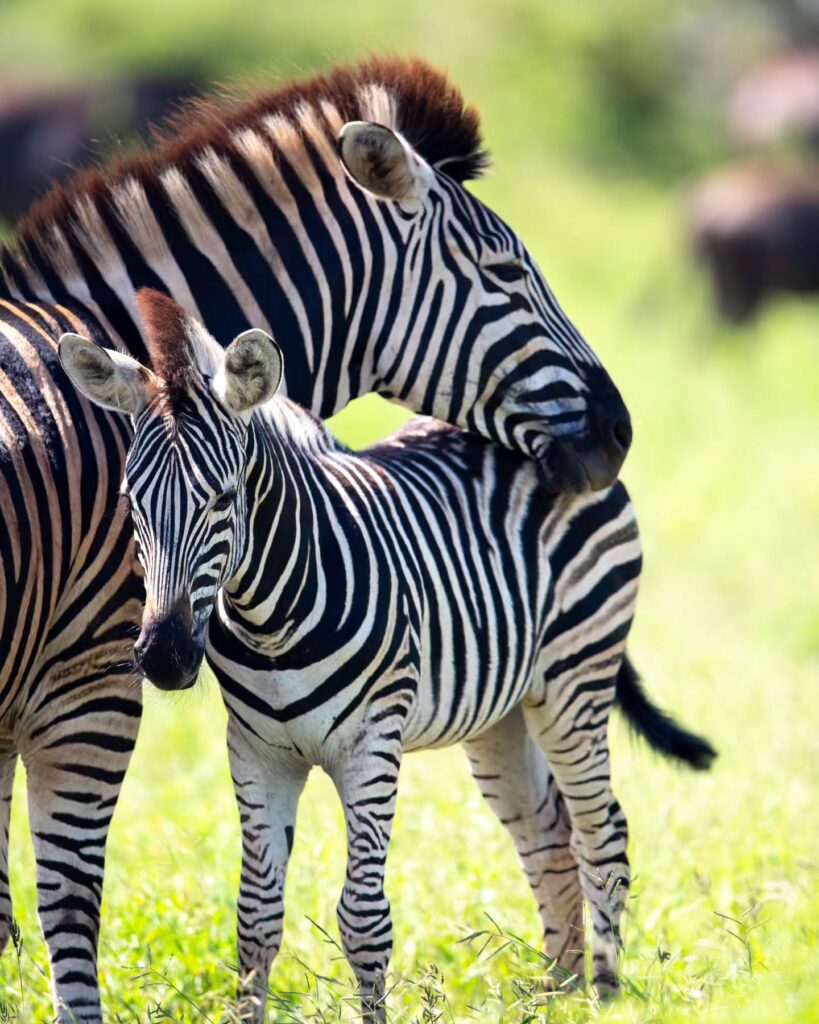
Conclusion
Kruger National Park’s rise from a struggling reserve to a world-class conservation brand is a testament to vision, resilience, and strategic marketing. By embracing its heritage while continuously innovating, it has remained a beacon of wildlife conservation and eco-tourism. Aspiring entrepreneurs can draw inspiration from its journey—proving that with the right strategies, any brand can turn a vision into a lasting legacy.

